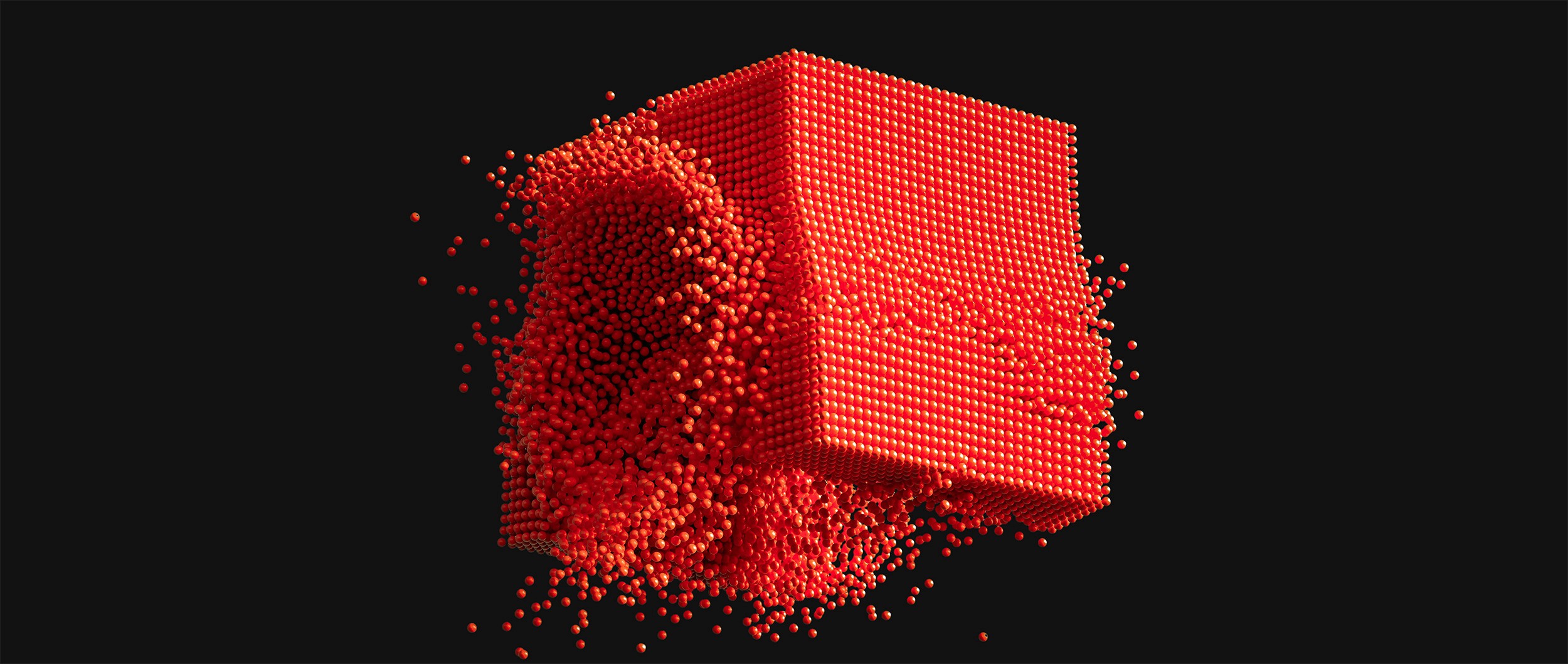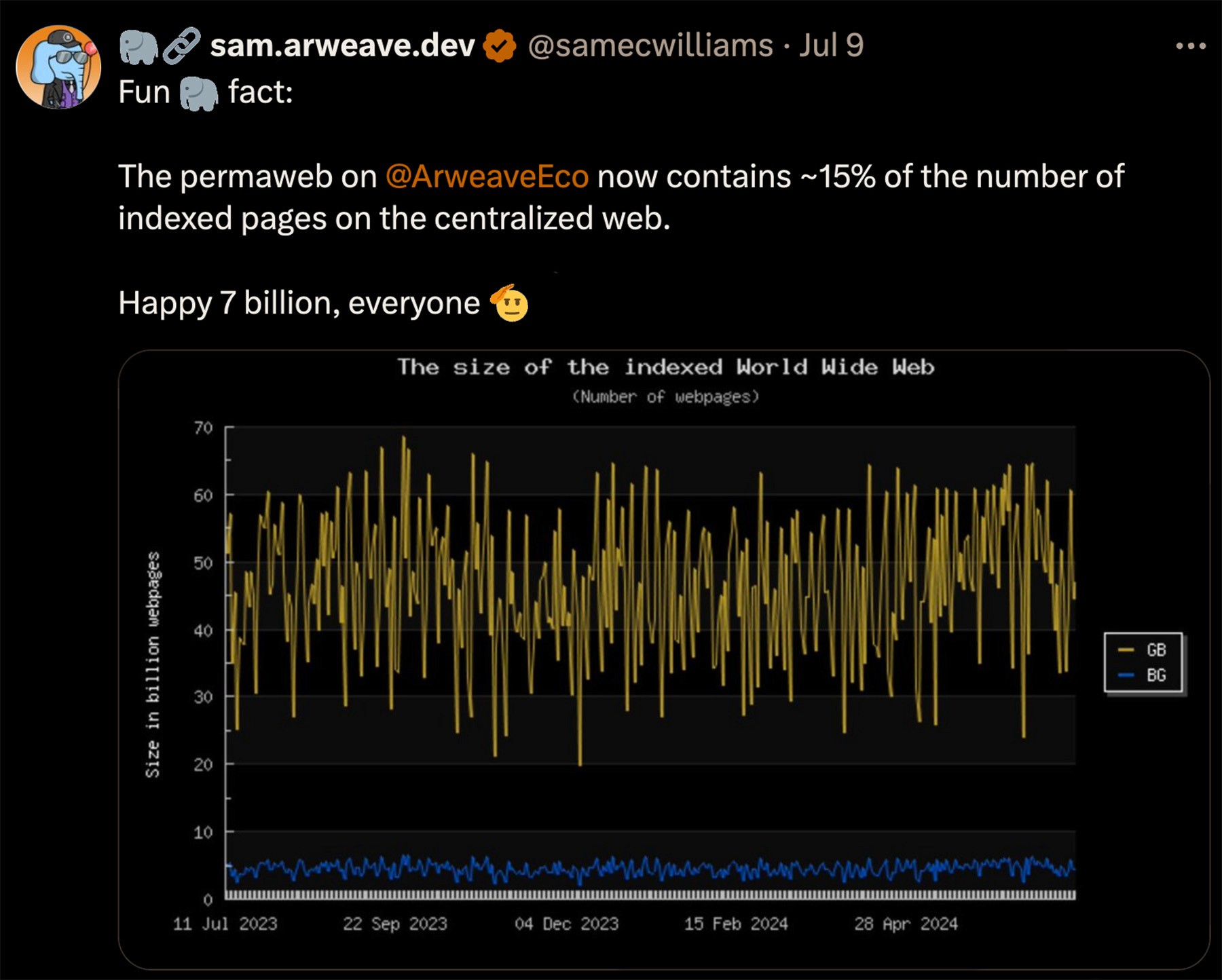Back
Link Rot: Solving the Problem (1 of 3)
Everyone knows that ‘link rot’ is a problem on the internet - even if they haven’t heard of the term.


What is Link Rot?
Have you ever pressed on a link to a page and received a 404 error, or a blank page, or a temporary page that wasn’t the intended target?
That’s link rot.
According to digital marketing agency ahrefs link rot is when links stop pointing to their intended file, web page, or server. The links have ‘rotten’ and no longer work. Link rot happens when pages on the internet are removed, redirected, or updated causing all links to these pages to break. It can also happen when the content of a page is significantly altered and the original version is lost.
While link rot may seem like a minor annoyance, the depth of this problem over time is staggering. According to Ahrefs, link rot affects 66.5% of the web.
66.5%! Let that set in.
Specifically, the ahrefs study showed that since January 2013, 66.5% of the links pointing to the 2,062,173 websites they sampled were rotten.
Of course, a number of the pages that disappeared really do not matter. The loss of category and tag pages used to organize website content are not very consequential. But many of the nearly 2/3 of pages that have disappeared from the internet in the past decade were of profound importance.
A 2014 Harvard Law Study found that approximately 50% of the links in Supreme Court cases did not work anymore. The authors also found that 70% of links in legal journals no longer worked as intended.
These findings are comparable to the link rot uncovered by the Ahrefs study. All of this leads to a conclusion: the internet is not resilient but fluid.
Broken links impact SEO, user trust, and the overall integrity of web content:
Impact on SEO: Broken links can severely affect search engine rankings, reducing the visibility of a website.
User Experience: Users encountering broken links may lose trust in the website's reliability.
Content Integrity: Important information can be lost forever if the content behind links is not preserved.

How is the industry combating link rot?
According to Ahrefs, various companies and technologies have attempted to address link rot, primarily through archiving:
Internet Archive: Offers a Chrome extension that displays archived versions of broken pages.
Cloudflare: Provides an "Always Online" option that retrieves archived pages if the original is offline.
Brave Browser: Alerts users to check for an archived version on the Internet Archive when encountering broken pages.
Law Library of Congress: Uses external archiving to mitigate link and reference rot in legal reports.
While all of these archival solutions are helpful and have noble goals, they only provide a band-aid, not a cure. Archiving provides snapshots of web content but do not prevent links from breaking. Existing internet archives can also be incomplete, especially for less popular websites. And some social media platforms block the use of archival tools.
Archives can help users can access older versions of content, but the original links will still break, and any new changes or updates to the content might be lost.
Finally, these archives are centralized services that can go offline at any moment. What happens when their funding dries up?
In sum, archiving is a useful temporary fix to link rot, but fails to ensure the longevity and integrity of web links in the ever-changing milieu of the internet.
Combating Link Rot with the Permaweb
While a solution to link rot on the current internet seems elusive, a parallel version of the internet is on the rise that has virtually no link rot. Enter the Permaweb.
What is the Permaweb?
The Permaweb, which feels and operates like the web we know, is a decentralized, immutable web built on the Arweave blockchain and empowered by AR.IO gateways. It ensures that once data is uploaded, it remains accessible forever.
This permanence is achieved through a global network of nodes that store and replicate the data, guaranteeing its longevity and an endowment that gets funded with every piece of data uploaded to the permaweb.
Three key features that make the permaweb possible:
Decentralization: The Permaweb is maintained by a network of nodes, eliminating single points of failure.
Immutability: Data on the Permaweb cannot be altered or deleted, ensuring consistent and reliable links.
Economic Incentives: Arweave’s economic model incentivizes long-term data storage, making it sustainable. While AR.IO gateways ensure that the data will always be accessible.
By leveraging these features, the Permaweb ensures that links to content will never break, solving the link rot problem effectively.
How the Permaweb Solves Link Rot
The Permaweb tackles link rot head on with several innovative features:
Permanent Storage
The Permaweb ensures that data, once uploaded, is stored permanently. This eliminates the risk of links breaking due to content being moved or deleted. Traditional web hosting can't offer this level of permanence. With the Permaweb, every piece of data is securely stored across a decentralized network, making it accessible forever.
Decentralization
Traditional web servers can fail, leading to broken links. The Permaweb's decentralized architecture prevents this by distributing data across a global network of nodes. This decentralization eliminates single points of failure, ensuring content remains accessible even if some nodes go offline. This architecture significantly reduces the risk of link rot.
Permanent URLs
Every piece of public data is give a permanent URL that will last for years and years to come. This effectively eliminates link rot.

The Permaweb offers a sustainable solution to the problem of link rot. By providing permanent, decentralized, and immutable storage, it ensures that links remain functional and reliable. This innovation enhances the reliability and trustworthiness of web content, preserving the integrity of the digital world.
Case Study: Mongolian Deer Stones
Mongolia is one of the least populated countries on earth. And many of its cultural treasures, such as deer stones, remain out in the open, unprotected from theft or vandalism. The American Center for Mongolian Studies has catalogued many of these artifacts for future generations. But the work was done 20 years ago and remains on a server that is on its last legs.
What happens when the server holding their one-of-a-kind research dies? Or what happens when funding for the project ends? This is a very common problem in academia.
If these deer stone records were stored on the Permaweb, each document would have a permanent, unchanging link. Researchers, students, and government officials could reliably access deer stone records for hundreds of years regardless of any changes to the hosting infrastructure.
How big is the Permaweb?
This may be the first time you have heard of the Permaweb as it only launched in 2018. Since that time there has been a swell of activity on the Permaweb:

In the past six years, more than 7 billion pages have already been stored on the Permaweb, which is equivalent to 15% of the indexed pages on the internet. But these are still early days. The Internet Archive, founded nearly 30 years ago, has saved more than 800 billion historic web pages.
Interestingly, the actual size of the permaweb is bigger with more than 100 PB (including all backups) compared to the Internet Archive at 40 PB.
The vision of the Permaweb is to be able to hold the entire public internet along with all the new content added everyday. In this way, the Permaweb will become a living archive of the web, preserving full historical versions of web pages, documents, and digital assets for future generations.
Conclusion
Link rot is a pervasive issue that undermines the integrity and reliability of the web. The Ahrefs study underscores the extent of this problem, but the Permaweb offers a robust solution. By providing permanent, decentralized, and immutable storage for web content, the Permaweb ensures that links remain functional indefinitely. This not only enhances the reliability and integrity of the web but also empowers users, content creators, and SEO professionals to build a more sustainable digital future.
Gateways: Network Portal
Smart Domains: ArNS App
Developers: Docs
Token: ARIO

ar.io